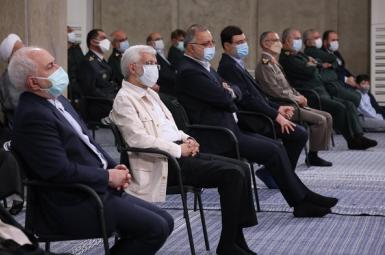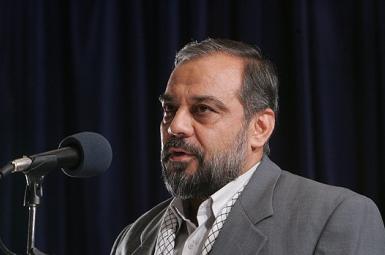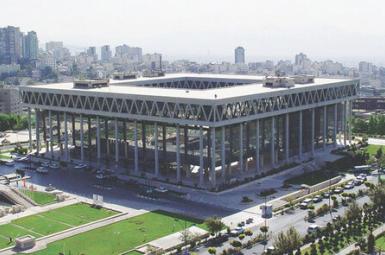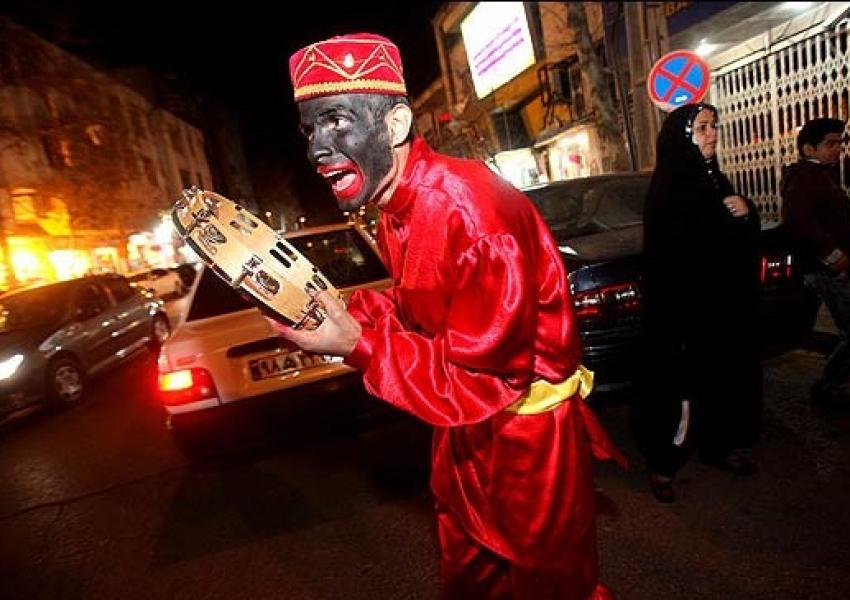
Herald Of Spring, Or Racist Symbol? Haji Firuz Fires Up Debate In Iran
Is portraying Haji Firuz with a black face racist? A suggestion from Tehran municipality that street performers should not ‘black up’ has sparked a lively discussion among Iranians.
"Making some decisions and criticizing the origins of [certain] cultural and historical [phenomena] is not an easy task," media consultant and former BBC Persian-service journalist Panah Farhad-Bahman tweeted on Monday [March 22]. "But people should be made aware [of it] and misunderstandings should be prevented. Bravo to the deputy social and cultural mayor of Tehran!"
"Haji Firuz is not a sign of racism," tweeted Mohammad-Javad Haghshenas, journalist and leading member of the reformist Etemad-e Melli (National Trust) Party. "He is the voice of the oppressed, the recounter of pains and sorrows and the herald of happiness and has a special place in the history of Iranian performance arts."
In its communique sent to municipality organizations, Tehran’s local authority airs contrasting views about the tradition of Haji Firuz, a street character associated with the Iranian New Year (Nowruz). The municipality calls for research and public discussion.
Haji Firuz is a man – woman in rare cases – dressed in bright clothes who appears in the streets of cities and villages around mid-March to herald the coming of Nowruz with happy songs and dances. The name of the character, Firuz, is the Arabicized version of the Persian word pērōz (victorious).
I'm Haji Firuz, yes!
I come to you only one day a year.
Greetings to my own lord,
Raise your head and look at me, my lord!
My own lord, the billy goat,
Why don't you laugh, my lord?
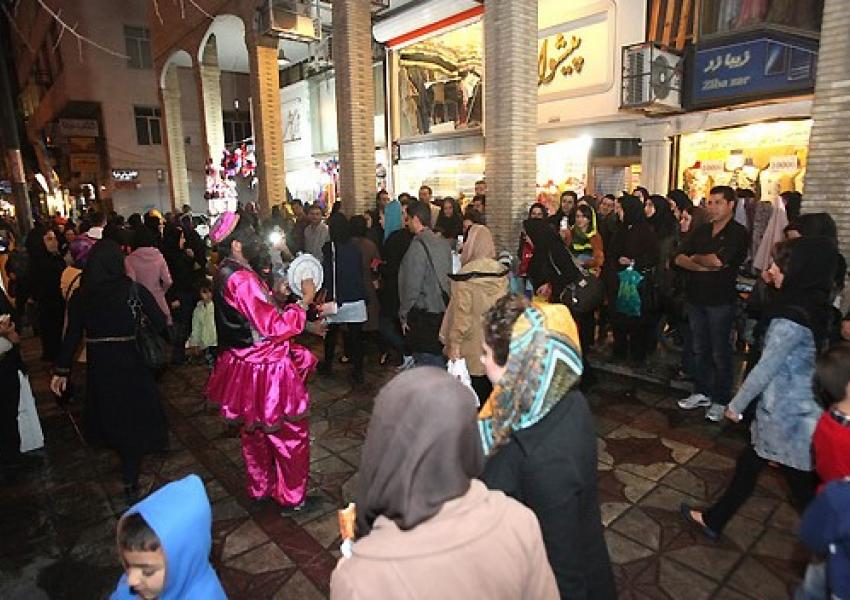
The Minstrel’s Reappearance
Passers-by often stop and join in the song, clapping to the beat of his tambourine and perhaps dropping a few coins into his bowl. Haji Firuz performers, who usually come from poorer parts of society, are portrayed in literature as sad people hiding behind a mask like a clown while making others happy and raising a little money.
In the first two decades after the 1979 Islamic Revolution, which discouraged song and dance, especially in public, sightings of Haji Firuz in the streets were rare, but the minstrel gradually reappeared to the extent that his blackened face has become a contentious matter requiring research and possible municipal regulations in Tehran.
Some academics specialized in ancient Iranian culture, such as the late Mehrdad Bahar, believe the figure of the Haji Firuz is derived from ancient ceremonies of nature and that his blackened face symbolizes the return of the mythical figure Siyavash from the world of the dead (winter) with the rebirth of nature around the spring equinox. The name Siyavash may have originally meant ‘dark/black-faced man.’
Others argue that he is a more recent character related to black slaves from Africa in medieval times. While earlier dynasties had slaves from elsewhere, the African slave trade dates to early Islamic times, with slaves from Ethiopia and Zanzibar sold in Iranian bazaars mainly by Arab traders.

Black Slaves As Entertainers
Black slaves were usually kept as house servants or entertainers in palaces and homes of the wealthy. In 1848 trading slaves by sea was officially outlawed by decree of Mohammad Shah of the Qajar dynasty (reigned 1834 to 1848), but slavery was not abolished until 1928.
Descendants of African slaves today mainly reside in southern areas such as Hormozgan, Sistan-Baluchestan, Khuzestan and Bushehr. Around 10-12 percent of the population in southern Iran is of African descent.
The possible relationship of Haji Firuz to racism has generated huge interest on social media. There have also been invitations to deeper discussions on less public platforms such as Club House, the invitation-only social networking application that works similar to a conference call.
Among defenders of the black-faced Haji Firuz, reformist journalist Mohammad-Javad Haghshenas recommends reading up on ancient Iranian ceremonies to avoid misjudging the "herald of spring as a symbol of racism." Haghshenas also said Tehran municipality was an executive body and should leave cultural matters to experts instead of becoming involved in controversy over the origins of an ancient tradition.

